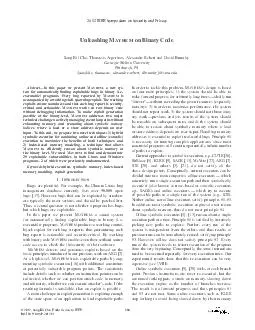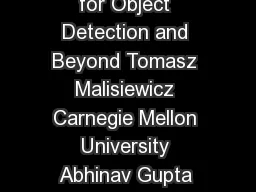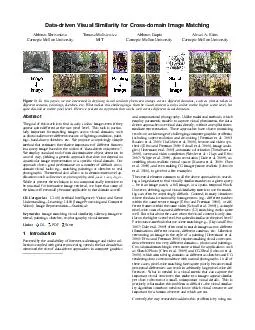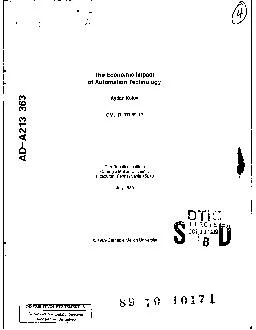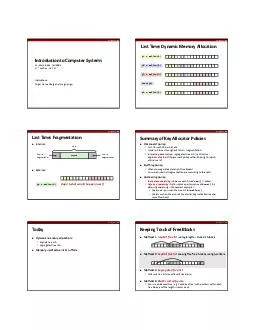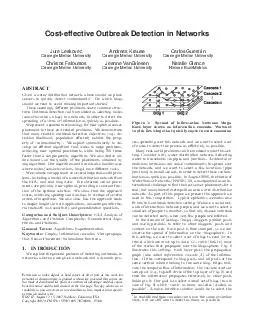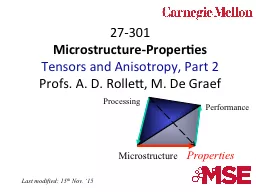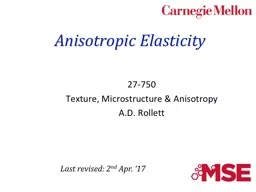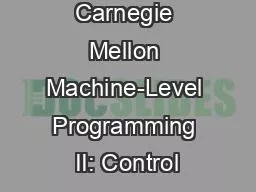PDF-Unleashing M AYHEM on Binary Code Sang Kil Cha Thanassis Avgerinos Alexandre Rebert and
Author : luanne-stotts | Published Date : 2014-12-26
rebert dbrumley cmuedu Abstract In this paper we present M AYHEM a new sys tem for automatically 64257nding exploitable bugs in binary ie executable programs Every
Presentation Embed Code
Download Presentation
Download Presentation The PPT/PDF document "Unleashing M AYHEM on Binary Code Sang K..." is the property of its rightful owner. Permission is granted to download and print the materials on this website for personal, non-commercial use only, and to display it on your personal computer provided you do not modify the materials and that you retain all copyright notices contained in the materials. By downloading content from our website, you accept the terms of this agreement.
Unleashing M AYHEM on Binary Code Sang Kil Cha Thanassis Avgerinos Alexandre Rebert and: Transcript
Download Rules Of Document
"Unleashing M AYHEM on Binary Code Sang Kil Cha Thanassis Avgerinos Alexandre Rebert and"The content belongs to its owner. You may download and print it for personal use, without modification, and keep all copyright notices. By downloading, you agree to these terms.
Related Documents

